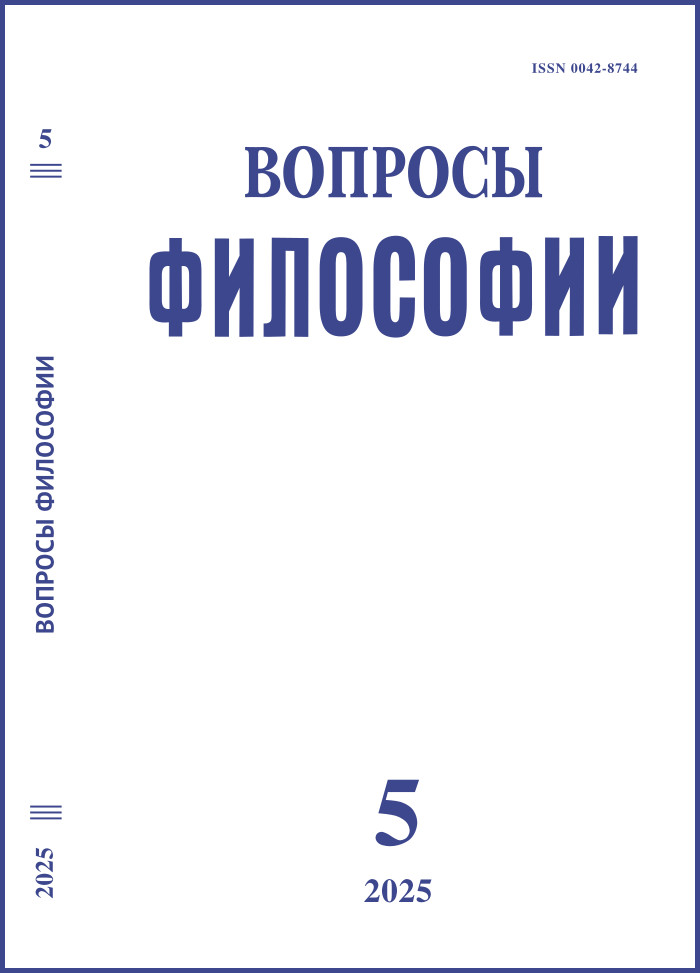The Copenhagen Interpretation of Quantum Mechanics in the USSR: Methodology and Ideology
DOI:
https://doi.org/10.21146/0042-8744-2025-5-155-165Keywords:
the state ideology, complementarity, criticism, apparatus, reality, activityAbstract
The Copenhagen interpretation of quantum mechanics is usually called standard because it is presented in the basic textbooks on the field. In the USSR this interpretation was treated from the point of view of the philosophy of dialectic materialism, which was taken as the state ideology. This treatment was oscillated from negative and rejecting of definitely positive. The Copenhagen interpretation has been rejected by the Marxist philosopher A. Maximov, it was severely criticized by the physicist D. Blohintsev, who supported the ensemble approach to quantum mechanics, it was adopted by the mathematician-physicist V. Fock, who proposed some corrections and reservations to it. The Soviet ideology was not completely homogeneous and stable. From the very beginning it contained the philosophy of activity which was something like the “shadow component”.
By accepting the philosophy of activity the physicist M. Markov provided
the authentic presentation of the Copenhagen interpretation in 1947. In 1980
the philosophy of activity became popular among Russian intellectuals, and
the philosopher I. Alexeev published the detailed presentation of the Copenhagen interpretation by treating it as methodologically productive.

